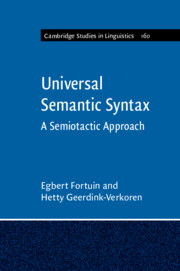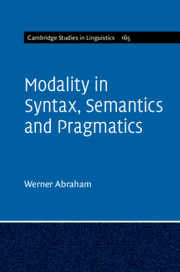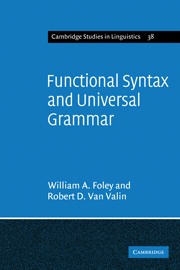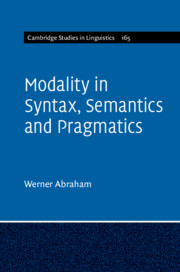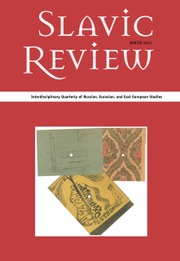Universal Semantic Syntax
Syntactic theory has been dominated in the last decades by theories that disregard semantics in their approach to syntax. Presenting a truly semantic approach to syntax, this book takes as its primary starting point the idea that syntax deals with the relations between meanings expressed by form-meaning elements and that the same types of relations can be found cross-linguistically. The theory provides a way to formalize the syntactic relations between meanings so that each fragment of grammar can be analyzed in a clear-cut way. A comprehensive introduction into the theoretical concepts of the theory is provided, with analyzes of numerous examples in English and various other languages, European and non-European, to illustrate the concepts. The theory discussed will enable linguists to look for similarities between languages, while at the same time acknowledging important language specific features.
- Proposes a new and integrated view of syntax
- Provides a clear and comprehensive introduction into semiotactic theory, ideal for readers without prior knowledge of the theory
- Presents a model for analyzing each sentence from any language by formalizing it
Product details
October 2021Paperback
9781108701587
208 pages
228 × 152 × 11 mm
0.313kg
Not yet published - available from February 2025
Table of Contents
- Part I. The Semiotactic Theory:
- 1. Basic theoretical principles
- 2. Semiotactic relations and symbols
- 3. Nexus: subject-predicate relation
- 4. Valences
- 5. Set expression 'SE'
- 6. Nexus relation as entity (Bahuvrihi)
- 7. Negation
- 8. The auxiliary verb 'do'
- 9. Appositions
- 10. Formal and syntactic sentences
- 11. Abstraction
- 12. The basic principles of the formalization
- Part II. Application of the Theory:
- 1. Noun modifications
- 2. Verb constructions
- 3. Impersonal constructions
- 4. Other constructions in non-European languages
- 5. Word order and propositional contents
- Conclusion: the syntactic theory from a semantic perspective.

